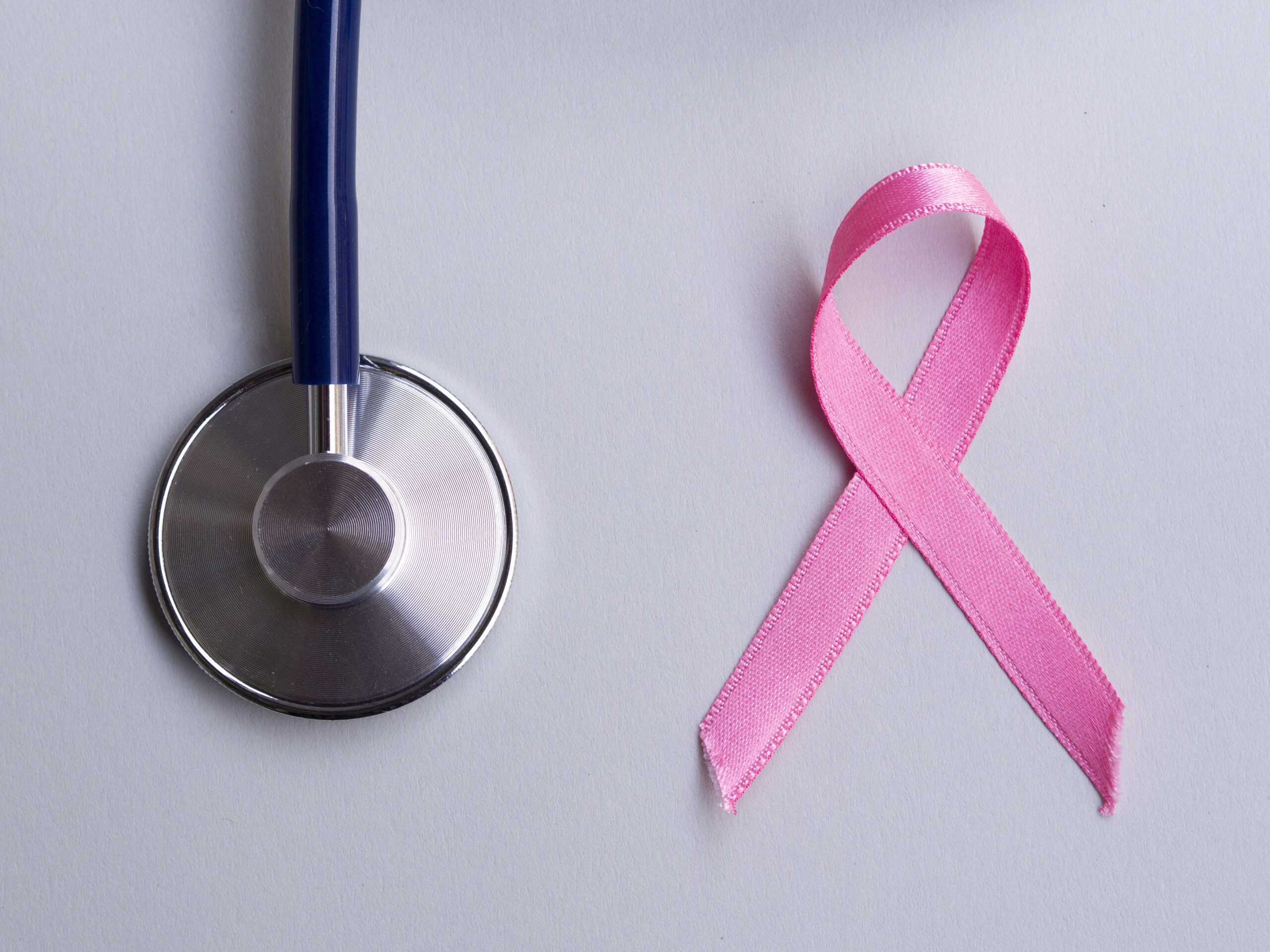Cervical Cancer: Causes, Symptoms, and Advances in Prevention and Treatment

Cervical cancer remains a significant global health concern, particularly among women. It arises from the cells of the cervix—the lower part of the uterus that connects to the vagina. Understanding its effects, symptoms, challenges, treatments, and recent developments is crucial for effective prevention and management.
*Effects and Epidemiology*
Cervical cancer is primarily caused by persistent infection with high-risk types of human papillomavirus (HPV), a common sexually transmitted infection. According to the World Health Organization (WHO), it is the fourth most common cancer in women worldwide, with significant mortality rates in lower-income countries where screening and vaccination are less accessible. Aside from its physical health impacts, cervical cancer affects mental and emotional well-being, leading to anxiety and stigma.
*Symptoms*
Early-stage cervical cancer may not present noticeable symptoms. As the disease progresses, symptoms may include abnormal vaginal bleeding (post-coital or between periods), unusual discharge, pelvic pain, and discomfort during sexual intercourse. These signs may be easily overlooked or attributed to other conditions, emphasizing the need for regular screening.
*Challenges in Prevention and Treatment*
One of the primary challenges in combating cervical cancer is the underutilization of screening programs, such as Pap smears and HPV testing. Many women lack access to healthcare services or are unaware of the importance of regular screenings. Furthermore, cultural stigmas and misinformation about HPV and cervical cancer can prevent women from seeking preventive care.
*Treatment Options*
Treatment for cervical cancer varies based on the stage at diagnosis. Early-stage cancer may be treated with surgery, including a hysterectomy, while more advanced cases may require radiation therapy and chemotherapy. Targeted therapies and immunotherapy are emerging as alternative options for some patients. The choice of treatment is influenced by factors such as cancer stage, patient health, and reproductive desires.
*Recent Developments*
Significant advancements have been made in cervical cancer prevention, notably with the introduction of the HPV vaccine. Vaccination, recommended for both boys and girls before sexual debut, has shown a substantial decrease in HPV infections and related cervical precancers in vaccinated populations. Ongoing research also focuses on improving screening methods, including self-collection for HPV testing to increase accessibility.
Another promising development is the integration of telehealth services, which can facilitate remote consultations and follow-ups for women in underserved areas, improving access to care.
*Conclusion*
Cervical cancer poses substantial physical and psychological challenges for women globally. Understanding its symptoms, recognizing barriers to prevention, and utilizing available treatment options are critical for better outcomes. Ongoing developments in HPV vaccination and screening practices pave the way for a future where cervical cancer can be significantly reduced or even eliminated as a public health threat. Regular medical check-ups and education are paramount in the fight against this preventable disease.
(Note: This article briefly overviews the subject and does not substitute medical advice. If you suspect you may require more information, consult with a healthcare professional.)



